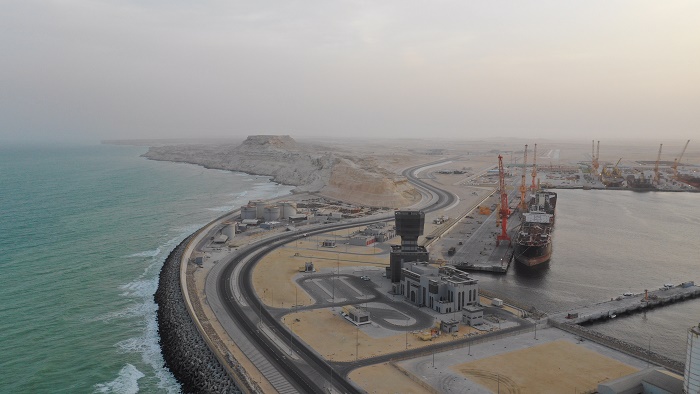
Muscat: Oman’s total public spending under the 2022 budget is estimated to be about OMR12.13 billion, an increase of two percent over the estimated budget for 2021.
This includes the cost of servicing public debt, amounting to OMR1.3 billion. The budget also estimates that oil prices will stay at about $50 a barrel, which will lead to an estimated revenue collection of OMR10.58 billion, a six percent rise in revenue compared to 2021.
Oil and gas revenues are to account for OMR7.24 billion (68 percent of incoming revenues), with the remainder coming from non-oil sources of income. Oman plans to finance the estimated budget deficit (about OMR1.5bn) by drawing about OMR400 million from the reserves, and financing the rest through external and internal borrowing.
“Preliminary data indicate that the State’s General Budget for 2021 is heading towards achieving the lowest annual deficit since 2014, despite the fluctuation in oil prices during previous periods, as a result of the efforts made by the government through its commitment to the Medium-term Financial Plan, in terms of revenue and expenditure set out to achieve its main objectives of increasing the confidence of lenders and credit rating institutions,” Sultan bin Salem Al Habsi, the Minister of Finance, told Oman News Agency.
“The draft budget for this year has been prepared in line with the objectives and pillars of the Tenth Five-Year Plan from 2021 to 2025,” added Al Habsi. “This represents the first efforts within Oman Vision 2040, and is aimed at achieving financial sustainability and stimulating economic diversification.”
The budget takes into consideration the need to maintain spending levels in basic services such as education, health, housing and social care, which are among the most important considerations when it comes to preparing estimates linked to public spending. Furthermore, it also incorporates the measures required to improve the business environment and expand partnership projects with the private sector.
The minister explained: “If oil prices rise above the price approved in the budget, the priority will be to exploit the additional returns to reduce the deficit and repay loan instalments.”
Oman expects to ramp up oil output this year to more than a million barrels a day. The Ministry of Finance explained that the country has a number of economic and social objectives it wishes to achieve this year, including maintaining safe and sustainable levels of public spending, continuing to raise the contribution of non-oil revenues, and giving priority to projects related to productive sectors.
Other important objectives include the digital transformation programme, maintaining the levels of spending on basic services, redirecting the support to the required segments of society, and continued efforts to improve the credit rating of the Sultanate.
The budget also takes into account the need to support training and rehabilitation, create new job opportunities, and provide assistance to small and medium enterprises in the country.
In 2021, the key credit rating agencies issued their assessment reports on Oman’s credit rating. Standard & Poor’s, in its report issued in October 2021, revised Oman’s outlook from stable to positive and affirmed its rating at B+. This positive outlook is attributed to the robust policy responses to economic and health challenges and the steps taken within the framework of the Medium Term Fiscal
Plan (MTFP) towards fiscal sustainability. This is in addition to a recovery in oil prices and a decline in the consequences of COVID-19 pandemic, which would reduce fiscal deficits and limit the increase in net government debt over the next three years.
Standard & Poor’s also stated that Oman ratings could be raised over the next year if fiscal measures and stronger economic growth lead to further improved fiscal performance and reduction in net government debt.
Moody’s changed the outlook on Oman’s credit rating to stable from negative and affirmed its rating at Ba3. According to Moody’s, the change in outlook reflects the significant easing of government liquidity and external financing pressures, mainly as a result of the ongoing implementation of the Medium Term Fiscal Plan and significantly higher oil prices since the middle of 2020, which will underpin a steady decline in the direct government debt burden to around 60 percent of GDP by 2024.
-With inputs from ONA